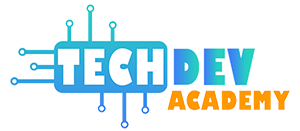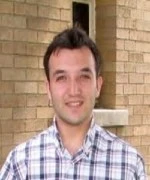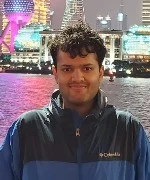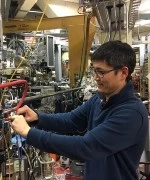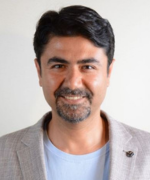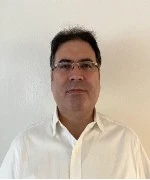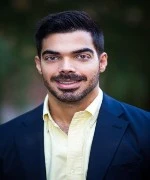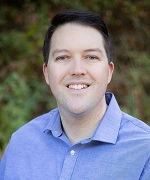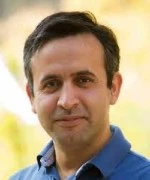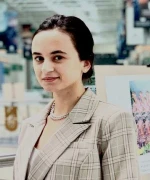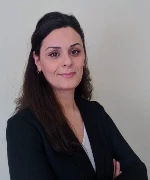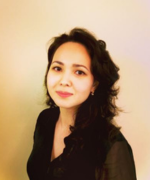

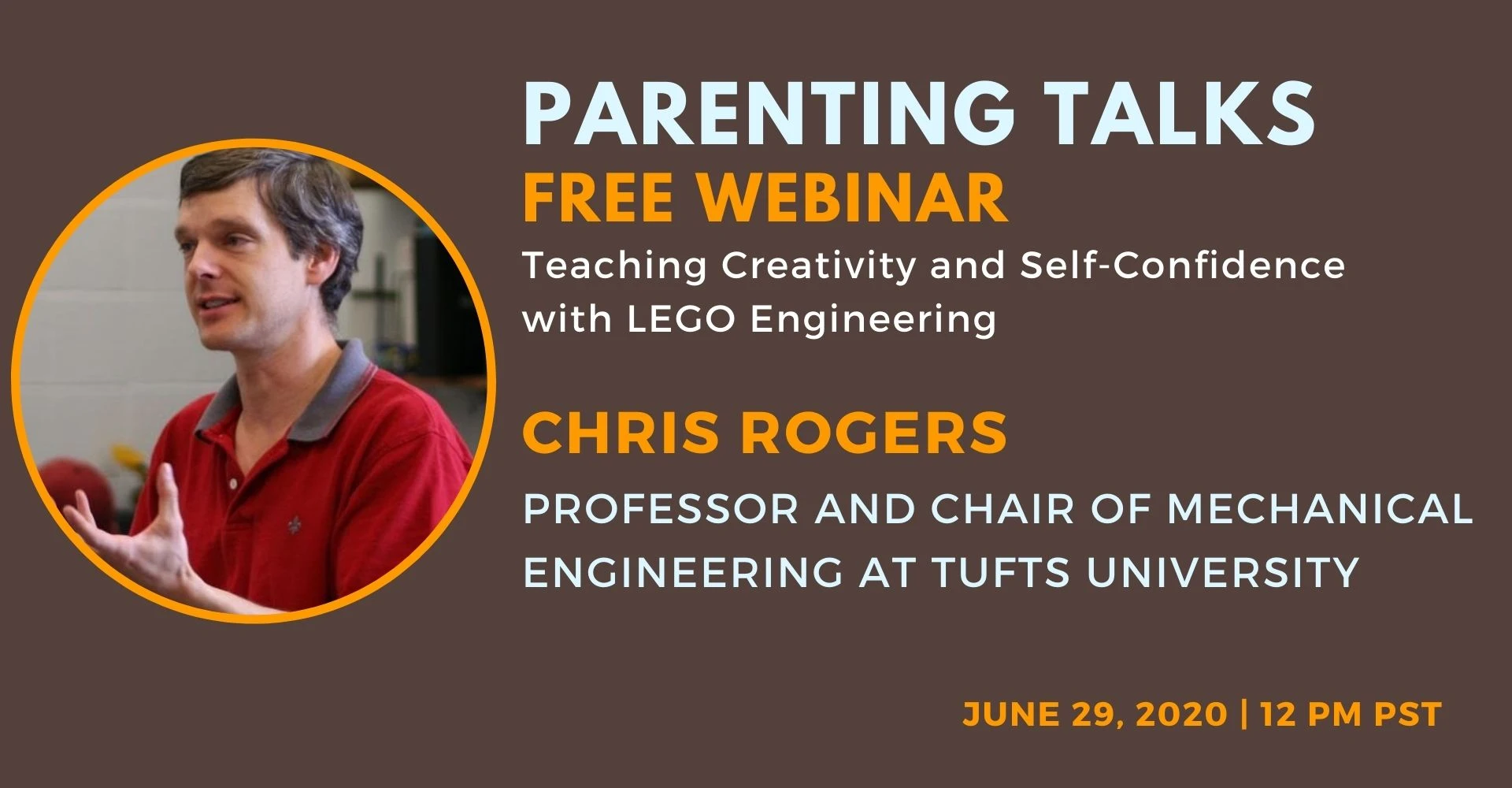

How your kids can think like a scientist?
How can you help them with existing resources?
How to motivate them with games?
Build strong skillsets with Lego games.
Historically, teachers have been mostly concerned with teaching students the thinking of great scientists with very little attention to teaching them how to think like a scientist. Over the last 20 years, a group of academicians at Tufts, including Chris Rogers have worked with LEGO Education to develop new ways of helping value the student’s scientific thinking. Prof. Dr. Chris Rogers will spend this talk showing what students have done, when their innovation is clearly valued – and the type of learning that results, from elementary school to college. He will also show solutions developed by kids at home.
About Speaker
Chris Rogers Professor and Chair of Mechanical Engineering at Tufts University.
His research interests are:
Engineering Education,
Robotics
Musical Instrument Design
Education
Ph., D Mechanical Engineering, Stanford University
M.S., Mechanical Engineering, Stanford University
B.S., Mechanical Engineering, Stanford University
Biography
Chris Rogers earned his B.S., M.S., and Ph.D. in mechanical engineering at Stanford University, where he worked with Professor John Eaton on his thesis on particle motion in a boundary layer flow. Rogers joined the Department of Mechanical Engineering at Tufts School of Engineering in 1989. He is involved in a number of research areas, including particle-laden flows (a continuation of his thesis), telerobotics and controls, the slurry flows in chemical-mechanical planarization, the engineering of musical instruments, measuring flame shapes of couch fires, measuring fruit-fly locomotion, and engineering education (kindergarten to college). At Tufts, Rogers has exercised his strong commitment to teaching by exploring a number of new directions, including teaching robotics with LEGO bricks and teaching manufacturing by building musical instruments. His teaching work extends to the elementary school level, where he talks with over 1,000 teachers around the world every year on methods of introducing young children to engineering.


